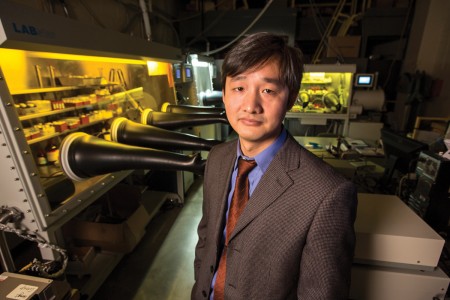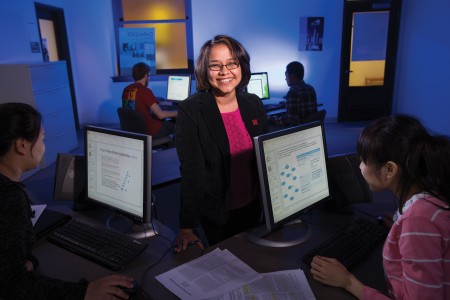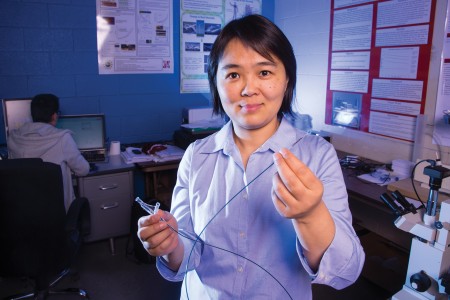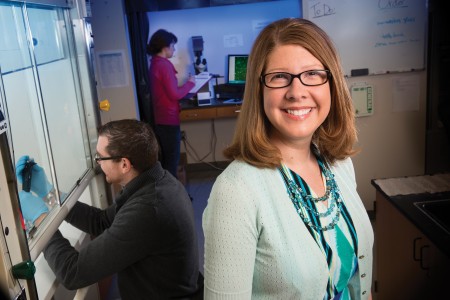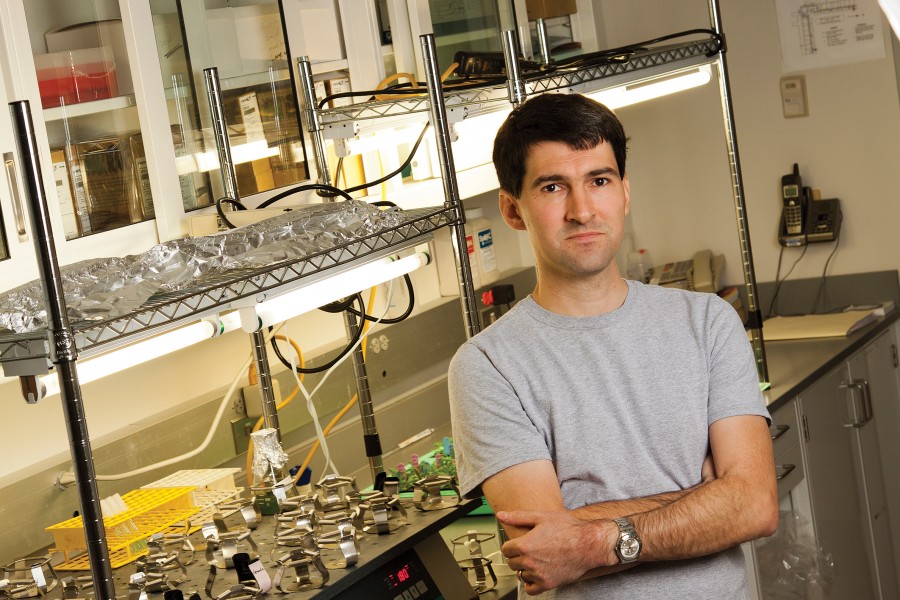Harnessing the Sun
Jinsong Huang thinks solar energy devices will become so inexpensive and pliable that nearly any surface – from windows to clothing – will harness the sun. Scientists are working to replace today’s silicon-based solar cells with organic polymers, or plastics, which are cheaper and more flexible, but less energy efficient.
With a $400,000 CAREER award, Huang, assistant professor of mechanical and materials engineering, is improving the polymer’s efficiency as a semiconductor. By inserting ultra-thin layers of ferroelectric polymers, inexpensive materials that hold large permanent electrical polarizations on each side, he’s able to increase a solar cell’s internal electric field. That, in turn, generates more electrical current.
Organic polymer solar cells’ low cost and increased pliability will lead to new applications and greatly expand the ability to capture the sun’s energy.
Tackling Software Glitches
Developing today’s complex computer software involves thousands of people working – sometimes at cross purposes – in numerous countries. Resolving inevitable glitches is expensive and Time-consuming. A $500,000 CAREER award supports Anita Sarma’s work to develop software to help programmers work more efficiently, which will reduce costs and software defects.
Sarma, assistant professor of computer science and engineering, uses data-mining techniques to analyze the effects various tasks and file changes had on previous programming efforts. That information allows her to make predictions about future programming. She’ll use these predictions to develop software that can analyze, in real time, the current development situation and identify the best next task. So when a programmer finishes a task, the program analyzes what is happening and suggests tasks that avoid conflicting with others.
Sarma’s solution will be available as a plug-in for Eclipse, a software development program.
Unraveling Clues to Prevent Restenosis
Linxia Gu uses powerful computers to better understand the biological mechanism of restenosis, a debilitating and sometimes fatal complication of a common treatment for coronary heart disease and other conditions. Propping open clogged arteries using tiny mesh tubes called stents sometimes leads to strokes or heart attacks when vascular cells react by making new cells that restrict blood flow.
With a $406,248 CAREER award, Gu, assistant professor of mechanical and materials engineering and a member of UNL’s Nebraska Center for Materials and Nanoscience, is building computer models to understand the changes cells undergo and how those changes relate to alterations in arterial tissue structures.
This knowledge will help researchers improve prevention and treatment options, and help manufacturers design better stents. The technique also could be used to interpret other clinical observations, such as aortic aneurysms and traumatic brain injuries.
Devising Gene Delivery Tools
Gene therapy holds tremendous potential, but it requires an effective, safe method of delivering genes to cells.
Angela Pannier, associate professor of biological systems engineering and a member of the Center for Nanohybrid Functional Materials, earned a $419,051 CAREER award to develop 3-D nanostructured surfaces to use as gene delivery tools. The surfaces have columns, and the spaces between columns can be loaded with DNA, similar to a toothbrush holding toothpaste. Touching the nanostructure to the cell unloads the DNA. She’s also designing nanostructured surfaces that alter cells to make them more receptive to receiving genes.
This method allows cells to use genes without incorporating them into their chromosomes. Potential uses include reducing post-surgery inflammation, promoting bone integration after a hip implant and treating genetic diseases.
Studying Coenzyme Q
Gilles Basset, associate professor of agronomy and horticulture, studies coenzyme Q, an elusive micronutrient found in nearly all organisms, including humans. This vital compound is so fragile that conventional research approaches can’t reveal many aspects of its production.
With a $784,820 CAREER award, Basset, a member of UNL’s Center for Plant Science Innovation, is harnessing computer power to identify the genes involved in coenzyme Q synthesis. Using bioinformatic techniques, such as comparative genomic data mining, he looks for associations within the entire genetic makeup of different types of organisms. Organisms that synthesize coenzyme Q should have genes in common that are missing in those that don’t. Additional techniques further narrow the list of gene candidates by identifying similarities in how genes are expressed.
Basset’s research may lead to improving plant-based foods and human health.


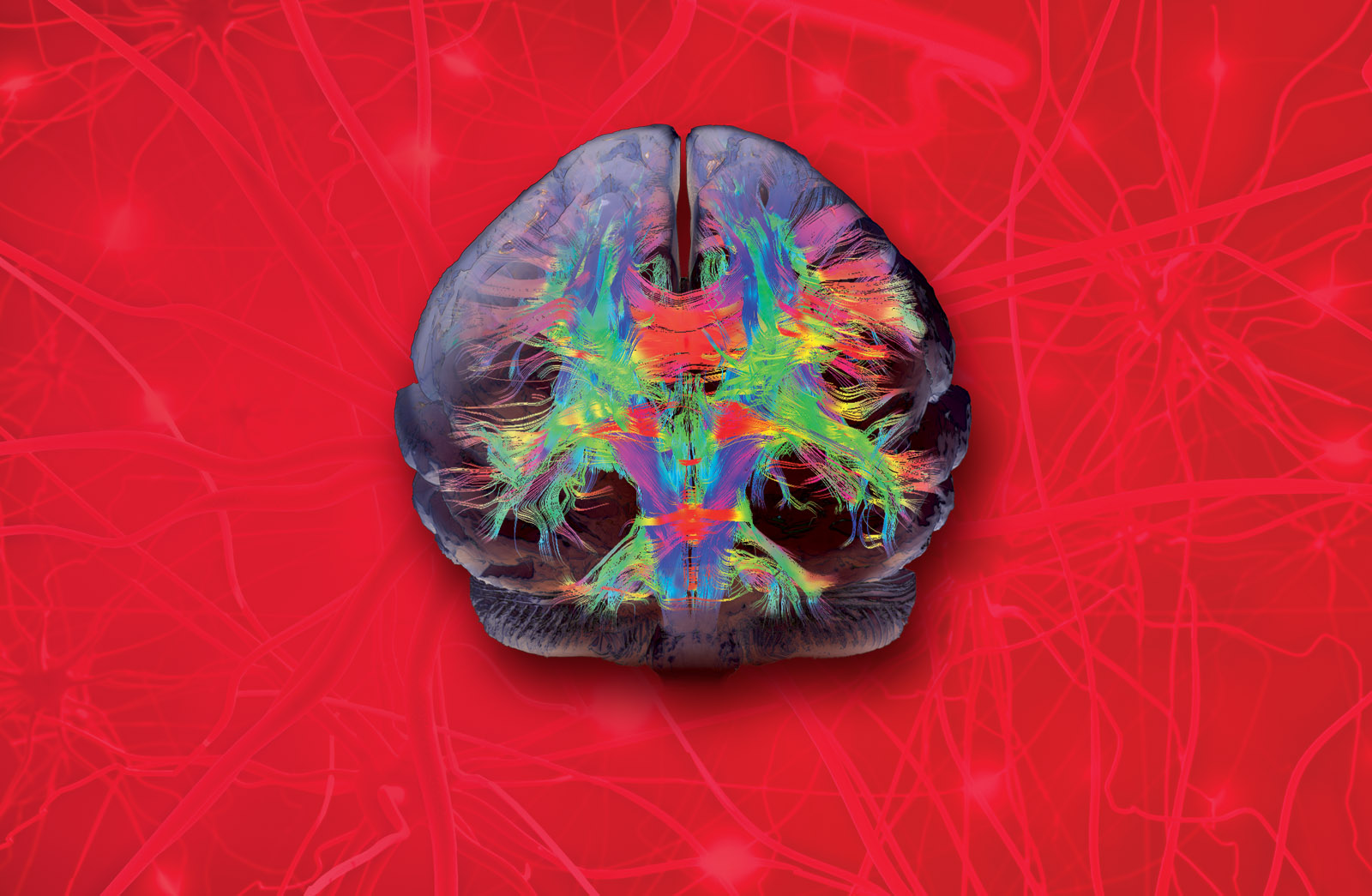 2012-2013 Report Home
2012-2013 Report Home
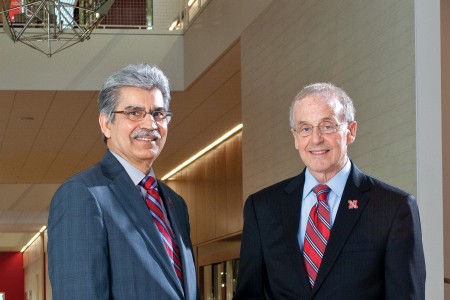 Innovative Collaborations Drive Success
Innovative Collaborations Drive Success
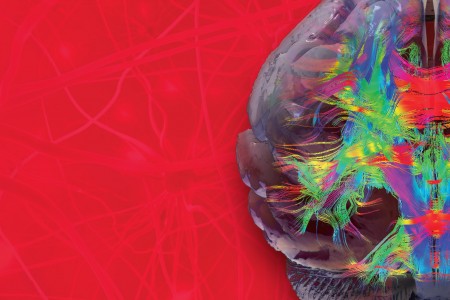 Unraveling Secrets of Brain, Biology and Behavior
Unraveling Secrets of Brain, Biology and Behavior
 Research, Athletics Partnership
Research, Athletics Partnership
 Understanding Impact of Toddler Sleep Habits
Understanding Impact of Toddler Sleep Habits
 For Nonparticipants Voting May Be Too Stressful
For Nonparticipants Voting May Be Too Stressful
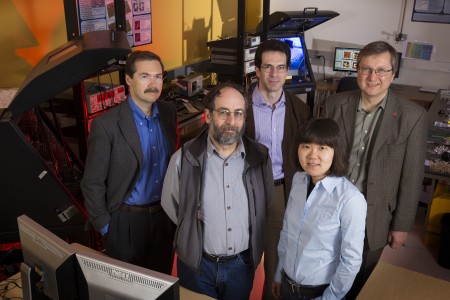 Collaborating on Nanoelectronics
Collaborating on Nanoelectronics
 Aftercare Critical for At-risk Teens
Aftercare Critical for At-risk Teens
 Reporting Key to Preventing Violence
Reporting Key to Preventing Violence
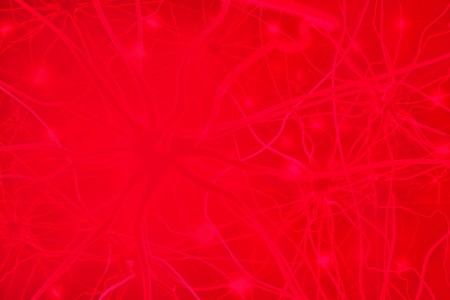 Defense-related Research Expanding
Defense-related Research Expanding
 Book Opens Cather Letters
Book Opens Cather Letters
 Pioneering New Era for Literary Scholarship
Pioneering New Era for Literary Scholarship
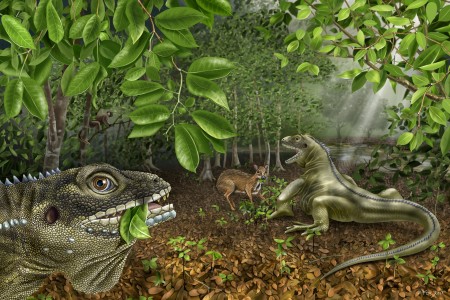 Lizard Fossil Reveals Climate Clues
Lizard Fossil Reveals Climate Clues
 Innovation Campus Emerging
Innovation Campus Emerging
 Research Leading to Water-wise Sensor
Research Leading to Water-wise Sensor
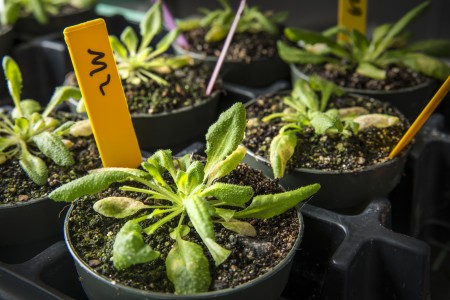 Bolstering Plants’ Defenses
Bolstering Plants’ Defenses
 Seeking Salt-tolerant Rice Genes
Seeking Salt-tolerant Rice Genes
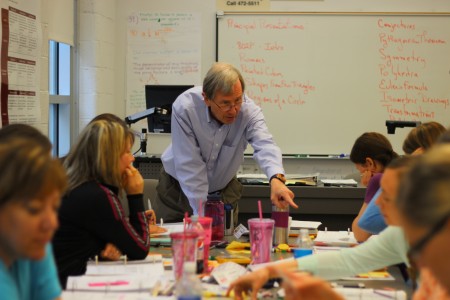 Investing in Math Teachers Adds Up to Success
Investing in Math Teachers Adds Up to Success
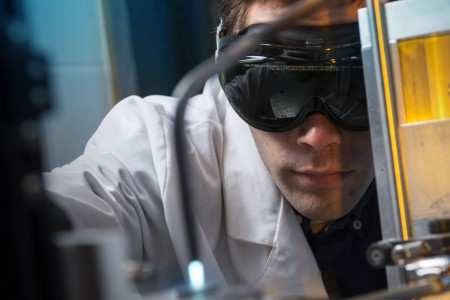 UNL-French Connection Creates New Composite
UNL-French Connection Creates New Composite
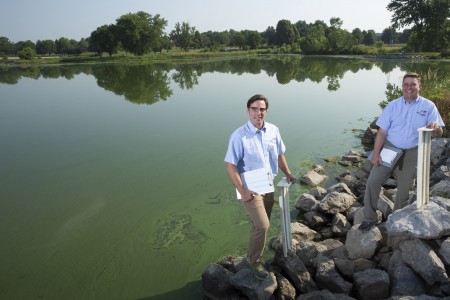 Outstanding Postdocs Strengthen Research
Outstanding Postdocs Strengthen Research
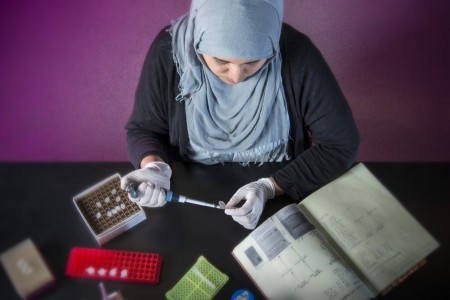 Hands-on Experience Instills Confidence
Hands-on Experience Instills Confidence
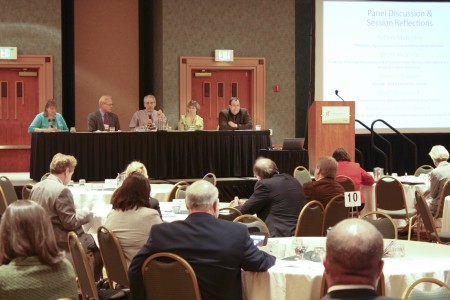 Improving Rural Education
Improving Rural Education
 Developing Sensors to Enhance Rail Safety
Developing Sensors to Enhance Rail Safety

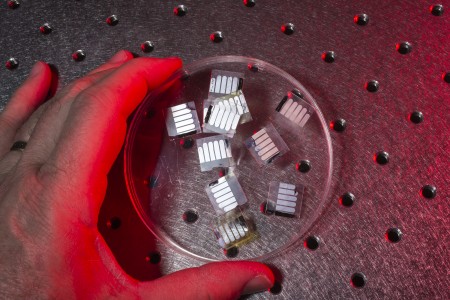 NSF CAREER Awards Support Diverse Research
NSF CAREER Awards Support Diverse Research
 Research Highlights
Research Highlights
 Accolades
Accolades
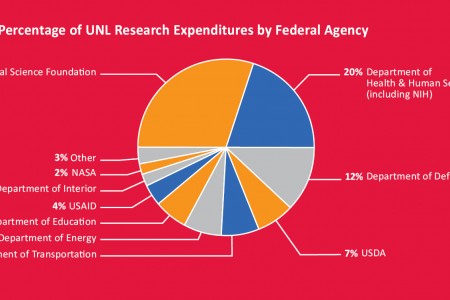 Financials
Financials

 Research Highlights
Research Highlights

